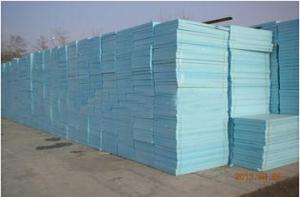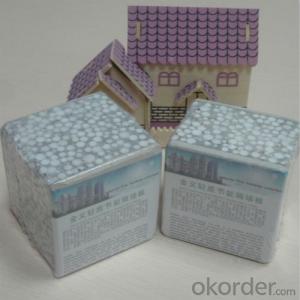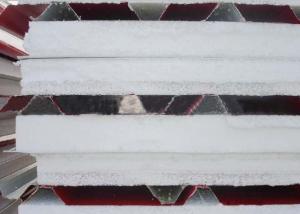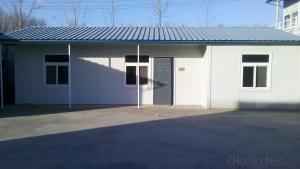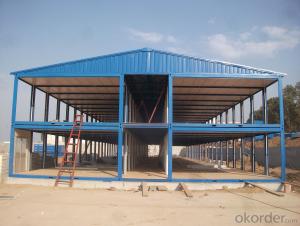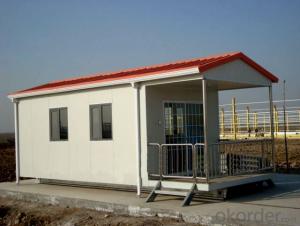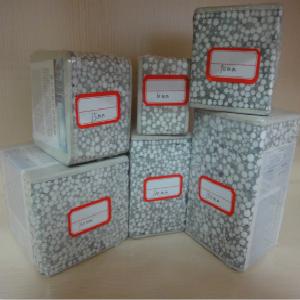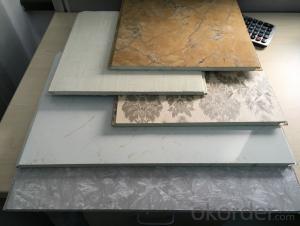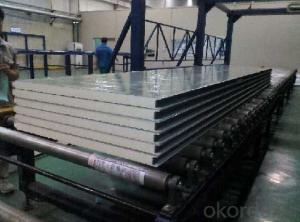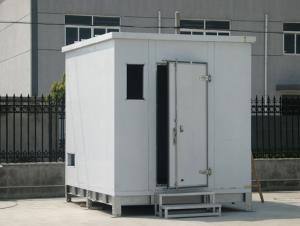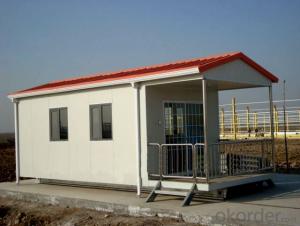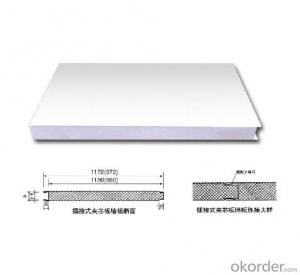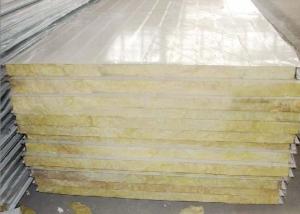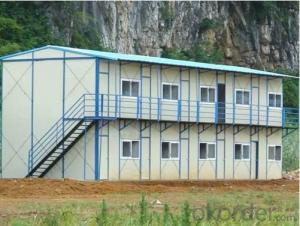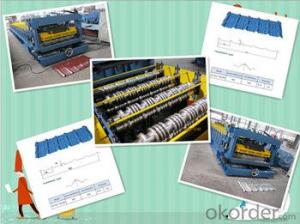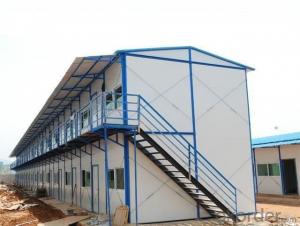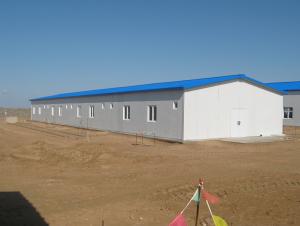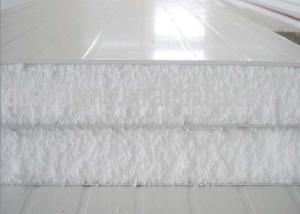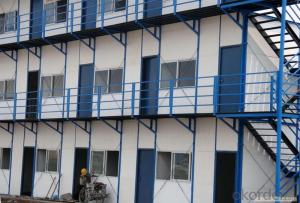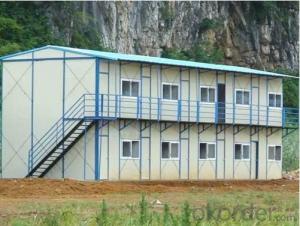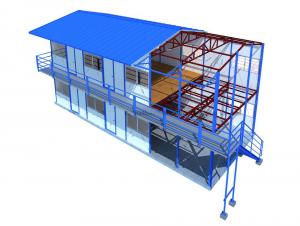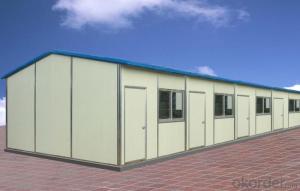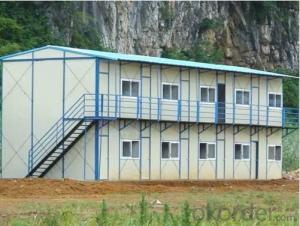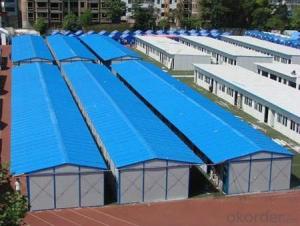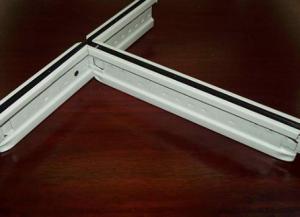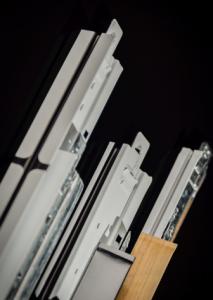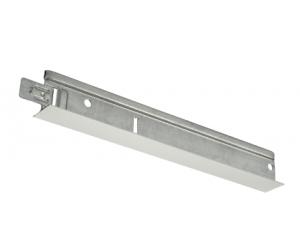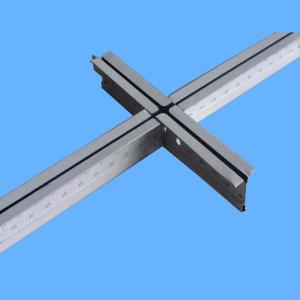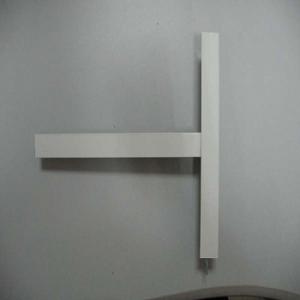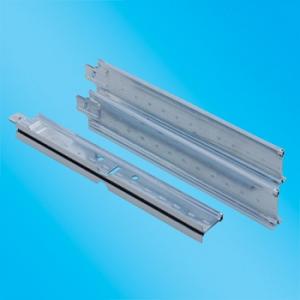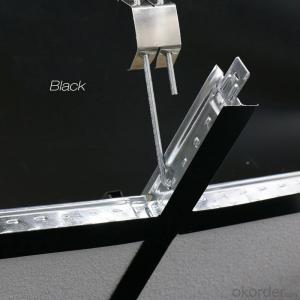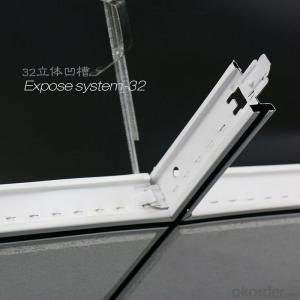Sandwich Panel System
Sandwich Panel System Related Searches
Sandwich Panel Structure Sandwich Panel Accessories Sandwich Panels Nz Sandwich Panels India Sandwich Panel Turkey Sandwich Panel Thailand Sandwich Panel Philippines Sandwich Panel Cyprus Aluminium Honeycomb Sandwich Panel Sandwich Panel Kuwait Sandwich Panel Manufacturers In Bangladesh Sandwich Panel Manufacturers Uae Cieling Panels Curtain Panels Programmable Led Light Panel Structural Insulated Panels Ranilla Panels Portable Led Light Panel Large Plastic Panels Iron Mesh Panel Modular Roof Panels Sip Structural Insulated Panel Lightweight Structural Panels Curved Polycarbonate Panels Fabricated Wall Panels Led Ceiling Light Panel Clear Plastic Panels Dimmable Led Panel Light Ceiling Led Light Panel Ip Camera Surveillance SystemSandwich Panel System Supplier & Manufacturer from China
The Sandwich Panel System is a type of construction material that consists of two layers of metal sheets with a lightweight insulating core sandwiched in between. These panels are known for their strength, durability, and energy efficiency, making them ideal for various applications in the construction industry. They are commonly used for roofing, wall cladding, and partitioning in both residential and commercial buildings, as well as in industrial and agricultural settings. The Sandwich Panel System offers numerous benefits, such as thermal insulation, soundproofing, and resistance to harsh weather conditions, which contribute to its popularity among architects and builders.The Sandwich Panel System is widely utilized in various construction projects due to its versatility and adaptability. It can be easily installed in different types of structures, from small residential buildings to large-scale industrial facilities. This product is particularly useful in areas where there is a need for rapid construction, as it can be quickly assembled and installed, reducing overall project timelines. Additionally, the Sandwich Panel System is an environmentally friendly option, as it can be easily recycled and reused, minimizing waste and contributing to sustainable construction practices.
Okorder.com is a leading wholesale supplier of Sandwich Panel System products, boasting a vast inventory that caters to the diverse needs of customers worldwide. With a strong commitment to quality and customer satisfaction, Okorder.com ensures that each Sandwich Panel System they provide meets the highest industry standards. Their extensive range of products includes different types of sandwich panels, such as those with mineral wool, polyurethane, and polystyrene cores, catering to various insulation and performance requirements. By partnering with Okorder.com, customers can access a reliable source of Sandwich Panel System products that are both cost-effective and of superior quality, ensuring successful construction projects and long-lasting results.
Hot Products
